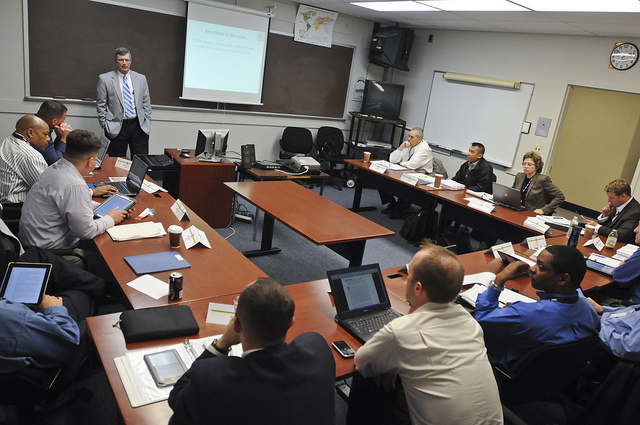In a prior life, I worked as a business systems analyst for a global hard drive manufacturer. After successfully navigating the Y2K crisis, we found ourselves inundated with custom report requests. We did an analysis and found that our enterprise system had more than 2,000 custom-coded operations reports, only 70 of which had been run in the last 90 days. Of course, the actively used operations reports were the source of endless user complaints and enhancement requests. That's how we knew we had a good report: Complaints signaled actual use. Perhaps you've heard this broken record before; it happens everywhere.
It's not hard to understand how this happens. A business person is trying to make a decision. Do I have enough resources? Are there bottlenecks I need to address? Was the process change I made last month effective? To guide the decision, she needs information, so she asks for a report. In the change request, she identifies data fields and recommends an output format. If the report is done well, it helps her make her decision. But that's not the end of the story. Once the decision is made, the business person needs to make the next decision. Now that I know I need more resources, where should I position them? Last month's process change wasn't effective, so what can I do now? The old report becomes obsolete. The person needs another report (or an enhancement of the one requested). Rinse and repeat 20 times for 100 business users, and you get what we had: roughly 100 active reports and 1,900 inactive ones.
Let's face it, operational reporting is like fighting a land war in Asia. There are no winners; there are only casualties. Although some reporting is unavoidable, there are three things you can do to drive improved business impact:
Get closer to the decision: Business users may request information, but they're looking for advice. Put the effort into understanding the decisions they are trying to make. It will affect how you conceive your solution.
Apply the 20/80 rule: Providing information is an infinite and unending task. Put 20% of the effort to get 80% of the business value. Then take your savings and…
Invest in innovation: Stop reinforcing outdated paradigms. Columns and rows are food for machines, not humans. Data visualization, advanced analytics, social media and external data sources – the opportunities abound. Save some capacity to pursue them.
Operational reporting is a paradox: Business users sometimes get what they ask for, but they never get what they need. What they ask for is information; what they need is advice. The historical paradigm for reporting is primarily financial: a statement of fact, in a standard format, used by external parties to judge the quality of the company. A financial report has no associated internal decisions – the only purpose of a financial report is to state unadulterated fact. Operational reporting, on the other hand, is fundamentally about advice. A business person needs to make a decision to influence the financial outcomes. The facts are simply just a pit-stop on the journey toward a decision.






